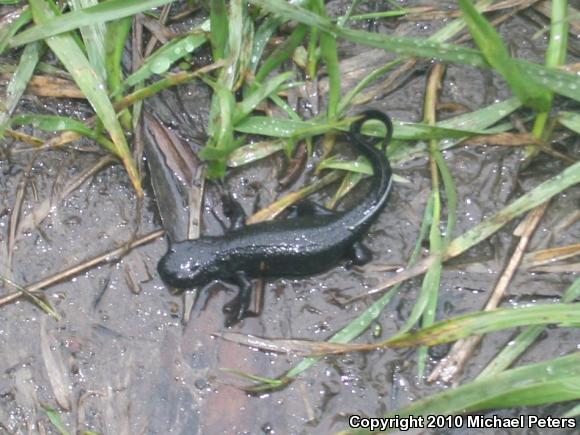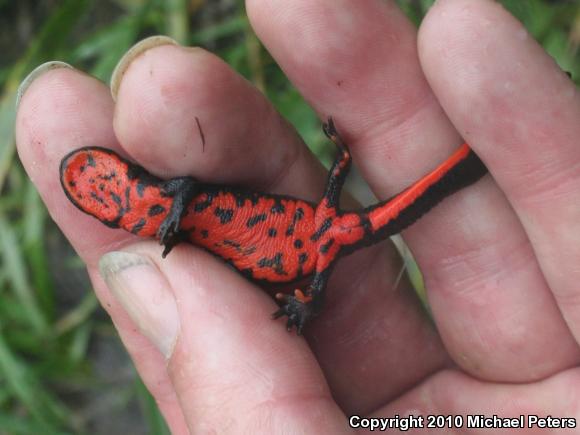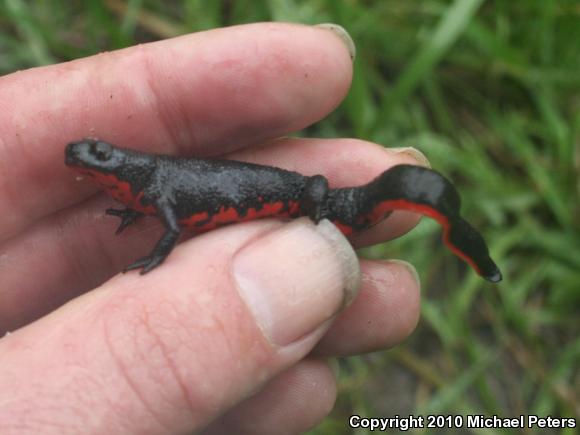This salamander was found in the wild in the San Francisco Bay Area -
Salamanders (Caudata)



It seems to be a cynops species, probably a released pet, I would like to know species level identification. The salamander was collected, so I can get additional photos if necessary.
I'm thinking the most likely candidates are Cynops orientalis orCynops pyrrhogaster - which seem to be differentiated by parotoid gland but I don't know what is normal for what species.
Can anyone tell from those photos?
Salamanders (Caudata)



It seems to be a cynops species, probably a released pet, I would like to know species level identification. The salamander was collected, so I can get additional photos if necessary.
I'm thinking the most likely candidates are Cynops orientalis orCynops pyrrhogaster - which seem to be differentiated by parotoid gland but I don't know what is normal for what species.
Can anyone tell from those photos?
